
What would happen if the breadbaskets of the world cut production in half? Climate risk scientists warn it is not a far-off dystopia it is a wake-up call in half a century. Scientists warn that by 2050, food production will fall by as much as 30% when the world requires 50% more food. That is a recipe for epidemic hunger, instability, and societies collapsing.
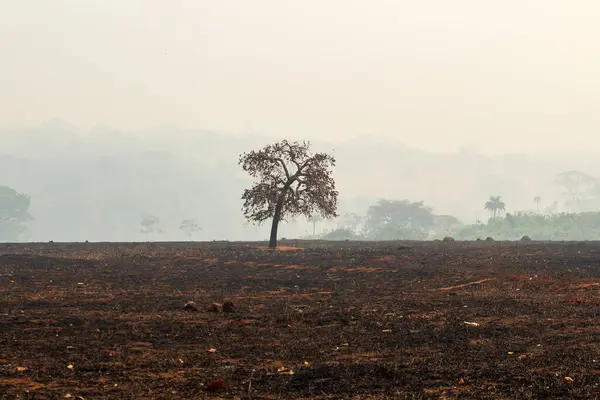
It was always taken for granted that political will and technological capability would be enough to contain warming within safety limits. But with decades of consecutive failure in the climate talks and 66% probabilities of crossing 1.5°C in years, human civilization is shifting from prevention to preparation. The argument is no longer even about reduction of emissions it’s survival of what is unfolding.
From self-sufficiency to neighborhood resilience, these seven strategies science-based, commonsense, and practical know-how are crafted to ride out tomorrow’s storms.
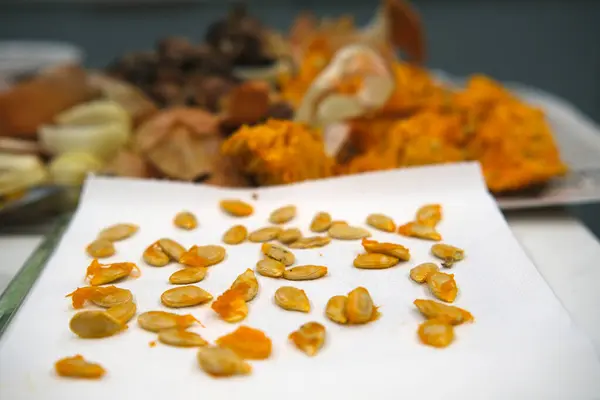
1. Secure Your Food Supply
When McGuire foretells the first casualty will be food, he is not alarmist. Global warming is already impacting crops India’s 2023 ban on export of non-basmati rice was an eye-opener. Yields of key staples such as maize and soy will plummet by 2050, researchers forecast, with richer regions surprisingly vulnerable as their cropping systems are optimized for production, not resilience.
Practical steps include sowing cover crops suitable for your area, saving seeds, and mastering preservation techniques. Production on small farms can also prevent supply closures. And if you purchase supplies that are imported, hear this: when times are lean, countries that export will feed themselves before they feed you.
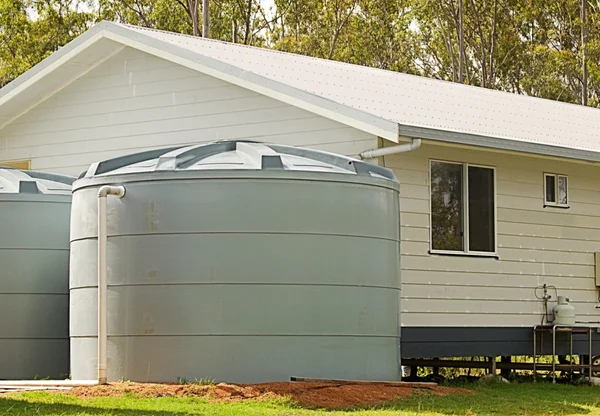
2. Harvest and Store Water
Droughts will hit them all the harder when urban summer heat in the such as Britain becomes the norm of 40°C and above. McGuire’s solution: Runoff from rooftops into tanks storing thousands of litres of water, fed by rainwater collectors. The system reduces dependence on stretched-out municipal supplies and replenishes reservoirs in times of drought.
Couple rainwater storage with water-saving measures mulching your lawn, fixing leaks, and using greywater to water your garden. In arid areas, a worthwhile investment is filtration and purification systems as a means of rendering stored rainwater drinkable.
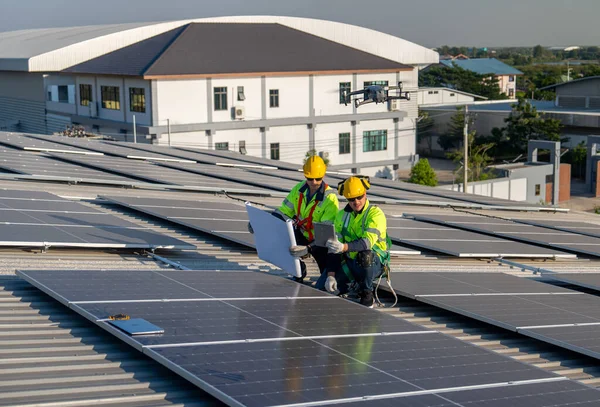
3. Be Energy Independent
Harsh weather will strain outdated power grids, leading to blackouts potentially lethal to patients reliant on medical gear or air conditioning. Solar panels, battery backup, and low-tech heating such as log boilers are promoted by resilience specialists in a bid to reduce reliance on central systems.
Locally based options such as neighborhood microgrids or solar co-ops would bear the burden and the rewards together. At least 24 US states had passed a law to support community solar initiatives up to 2024, which made local electricity more reliable in crises.

4. Enhance Community Ties
Neighbors, rather than official agencies, have been found to be the first to respond in times of crisis. In the 1995 Chicago heatwave, neighborhoods with churches and active block clubs experienced much lower mortality rates than comparable neighborhoods without church or block club organization.
Begin small: organize a phone tree in your neighborhood, host block parties on preparedness topics, and form mutual aid pods to exchange resources. Extremely dense social networks may discourage opportunistic crime as much as offer emotional sustenance when formal networks fail.

5. Climate-Proof Your Home
Resilience design is the difference between survived safe shelter and devastating loss. Durability of material, insulation from heat, and depth of foundation make homes secure and safe. Adjustable shock-absorbing concrete, backed by CO₂, can reduce emissions.
Where rebuilding is impossible, weatherproofing with insulation, shutters against storms, and cool roofs will increase safety and comfort too. For fire-risk areas, defensible space programs that clear brush around homes are necessary.

6. Acclimatize to Psychological Stress
Global warming is not only an environmental threat global warming is also psychological. More eco-anxiety, ecological grief, and climate trauma are being diagnosed by therapists as emergent syndromes. Accumulating repetitive catastrophes have the potential to build up stress to burnout or immobility levels.
Adapting to these threats means being part of climate action networks, education, and accessing professional help when needed. Enacting fear in order to operate as agency in the guise of activism to be part of acts of resilience, for instance is legible as motivation.
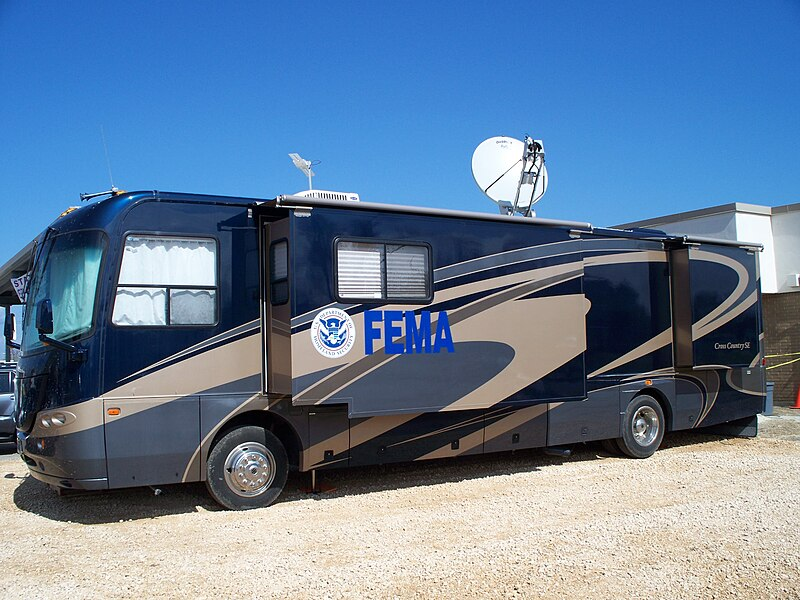
7. Be Ready for Mobility and Safety
Others can be moved in desperation. FEMA’s latest $135 million grants to the tribes to pull back in the future give us some assurance that some places will be uninhabitable. Having a plan where to move safely, arranging transportation, and having the paperwork done can make the relocations acceptable. And for the rest, it is just as important to access safe roads to cooling centers, clean air shelters, and health care. Mobility is survival in climates of instability.

Preparing the world to fall apart isn’t hiding in fear it’s taking command amidst uncertainty. By tying down the basics, establishing local relationships, and investing in resiliency, communities are able to shrink recovery time after a crisis and hold on to what really matters. The clock has started ticking down to 2050, but every decision made today brings us closer to surviving and perhaps even thriving in the emerging world.


